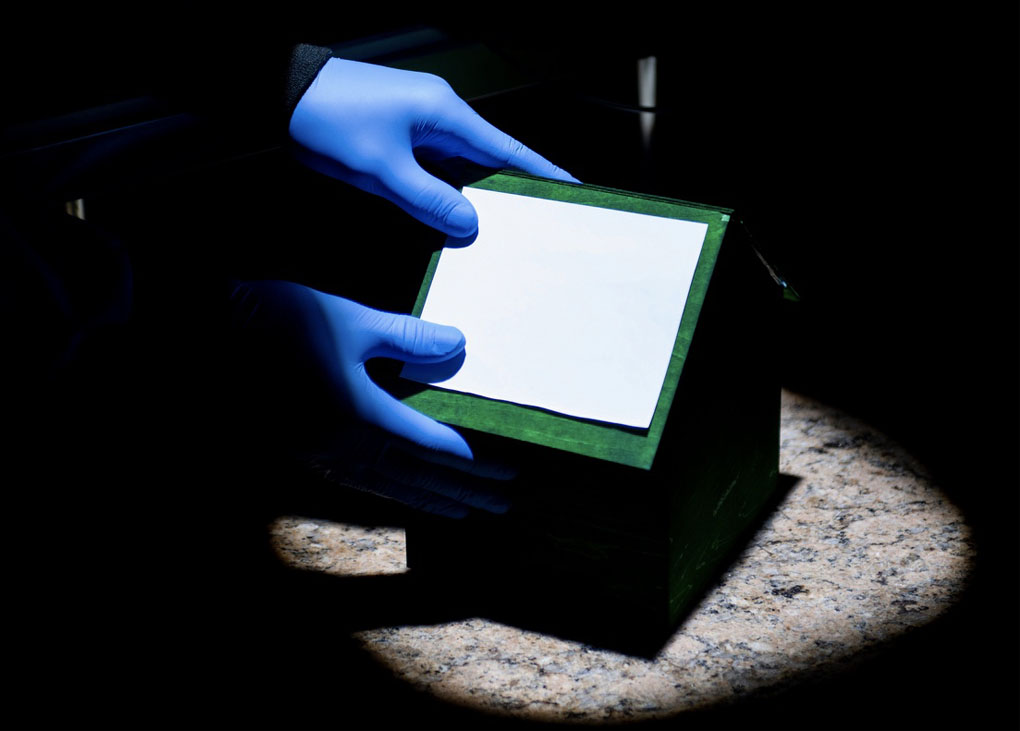Researchers at Northeastern University have developed a new method of cooling buildings by wrapping rooftops in “cooling paper”.
They believe the material could lower carbon emissions, electricity bills and reduce the need for air conditioning.
College of Engineering professor Yi Zheng and PhD researcher Andrew Caratenuto started a company called Planck Energies to test the cooling paper in pilot projects around Boston. They say it can reduce the temperature in buildings by up to 5.5°C.
Zheng believes the technology could provide a carbon reduction in the US on the order of 100 million tonnes from buildings alone.
“For a rooftop application on a typical building, we expect a drop of around 10 per cent in your electric bill,” Caratenuto says.
He says the savings could be far greater in warmer climates and in buildings with a higher cooling load.
The cooling paper reflects incident sunlight (or solar power) away from buildings, and sends heat from buildings into the atmosphere.
Caratenuto explains that the heat comes out through the building as infrared radiation and is taken up by the cooling paper, where it is emitted at wavelengths not absorbed by the atmosphere.
Similar to the building materials developed at the University of New South Wales and the white paint developed at Purdue University, the concept is gaining traction worldwide.
The cooling paper is made with a fire-resistant fibre and is also hydrophobic (it repels water). This means it is less likely to get dirty and lose its reflectivity.
The researchers are aiming for the product to have a lifespan of 10–15 years. Caratenuto believes this will make it a good solution for countries or regions with limited access to electricity and traditional air conditioning.
So far the fibre has only been manufactured in laboratory settings in small quantities, but the next testing phase will occur on larger shed-sized buildings. The aim is to pilot the cooling paper across multiple states to test it in varying weather conditions.
Caratenuto says Planck Energies is contacting suppliers about producing rolls a couple hundred meters in length and a meter wide.
The researchers don’t believe the cooling paper will completely remove the need for traditional air conditioning, but they hope it will reduce the time it needs to be on.
“Every degree of cooling this paper provides is a degree that doesn’t have to be cooled by an air conditioner,” Zheng says.
Feature image courtesy of Northeastern University.



Leave a Reply